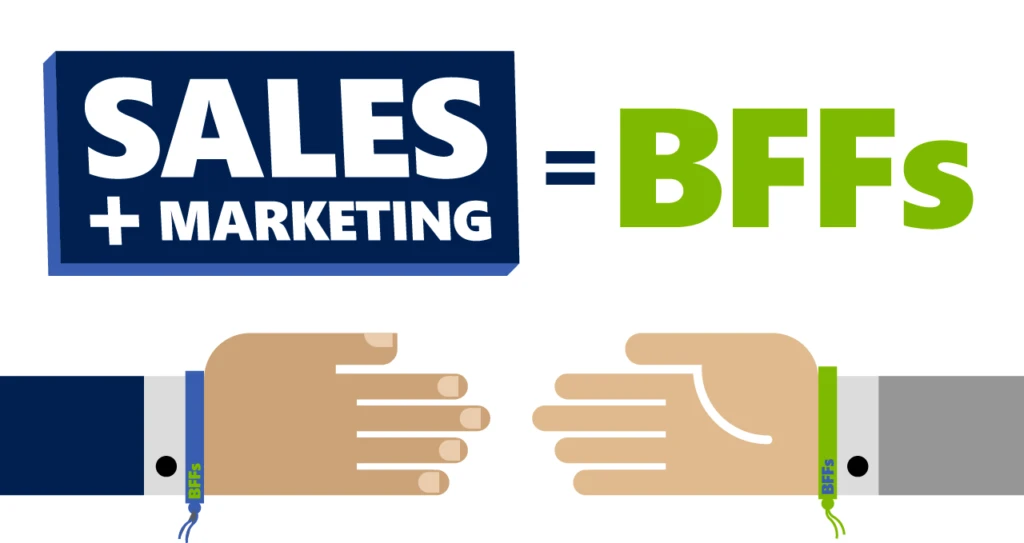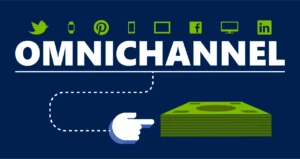
How O2 Enterprise avoided a modern tragedy by aligning sales and marketing
A longstanding rivalry
Historically, sales and marketing are like the Montagues and the Capulets—two departments, both alike in dignity, harboring an ancient grudge. Paul Greenberg puts it more bluntly, “If you talk to a marketing person about the sales department, their answer’s gonna be, ‘Pfft!’ If you talk to a salesperson about marketing, their answer’s gonna be, ‘Pfft!’ They don’t get along very well. Their cadences are different.”
Greenberg, author of CRM at the Speed of Light, says a shift began around 2008. Citing the Peppers & Rogers whitepaper The New Power Couple, Greenberg believes the communication revolution is at the root of the need for realignment. Customers are educating themselves before they reach out to sales departments—“80 percent of the buyer’s journey is completed before they contact the vendor,” which means marketing is no longer just about pushing messages and that first line of engagement. Marketing remains involved in the buyer’s journey, providing content and establishing trust all the way up to the end. An integrated approach is mandatory.
Forging a new way of working
In 2011, Telefónica launched O2 Enterprise to provide unique IT and communication services in the public and private sector. The company had significant challenges to overcome: it hadn’t yet built a reputation, customer base, or revenue stream, and would be held accountable for significant growth right away. “From the beginning they aligned sales and marketing,” Greenberg says, “and said that it had to be done, without fail.”
The two departments got together and defined objectives. They established a lead-acquisition goal, which was tied to specific verticals and sales compensation packages. They identified lead handoff criteria and assigned accountability. Marketing would be responsible for the number and quality of leads; sales would be responsible for following up quickly.
O2 established an Inside Sales team, owned by the marketing department, as a core communication channel and point of integration with sales. Everything was discussed openly and agreed on from the beginning. As Greenberg puts it, they had “rules of engagement.”
The power of unity
In his webinar CRM Changes … Again, Greenberg asserts that one of the biggest trends in CRM for customer-facing departments is the alignment of sales and marketing. O2’s unbelievable success is his proof.
“They had a 240-lead quota. Year one, they delivered 304 leads. They had 50 customers by the end of Year one; contracts totaled over 300 million dollars US.” As for the pipeline? “Over a billion dollars—160 percent of their target. Why? Because they worked together, and they had clear plans. They aligned the departments’ objectives. They still maintained their separate functions and capabilities, but it was done jointly.”
Is a longstanding, unspoken rivalry holding your company back? What could you achieve if you turned the enmity into amity and united sales and marketing? For staggering success and undeniable results, join up your business and stay connected with a strong CRM solution. Find out more by watching Paul Greenberg’s free webinar CRM Changes… Again.
Watch Paul’s webinar, and unlock secrets to sales and marketing alignment
Click here


